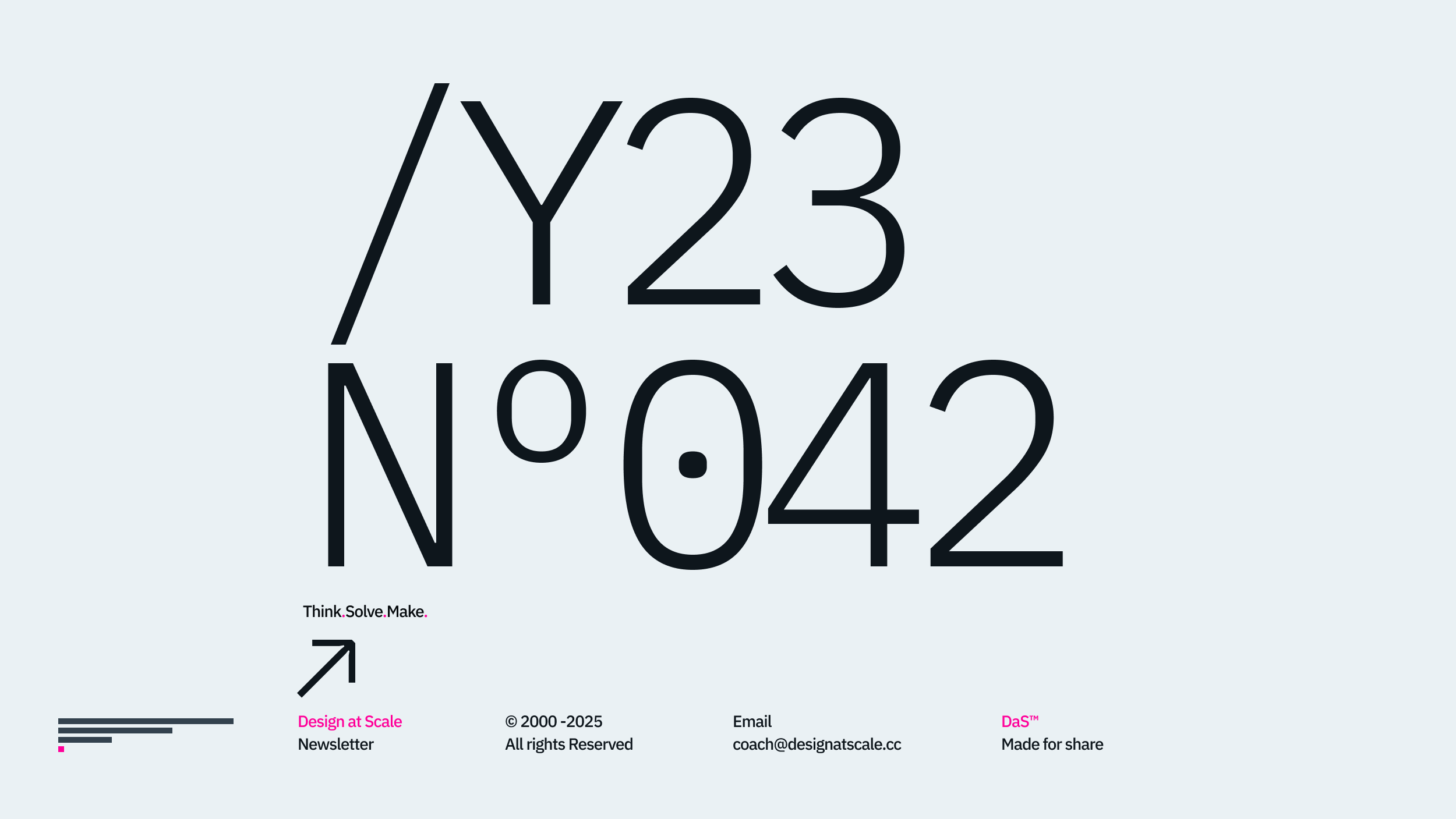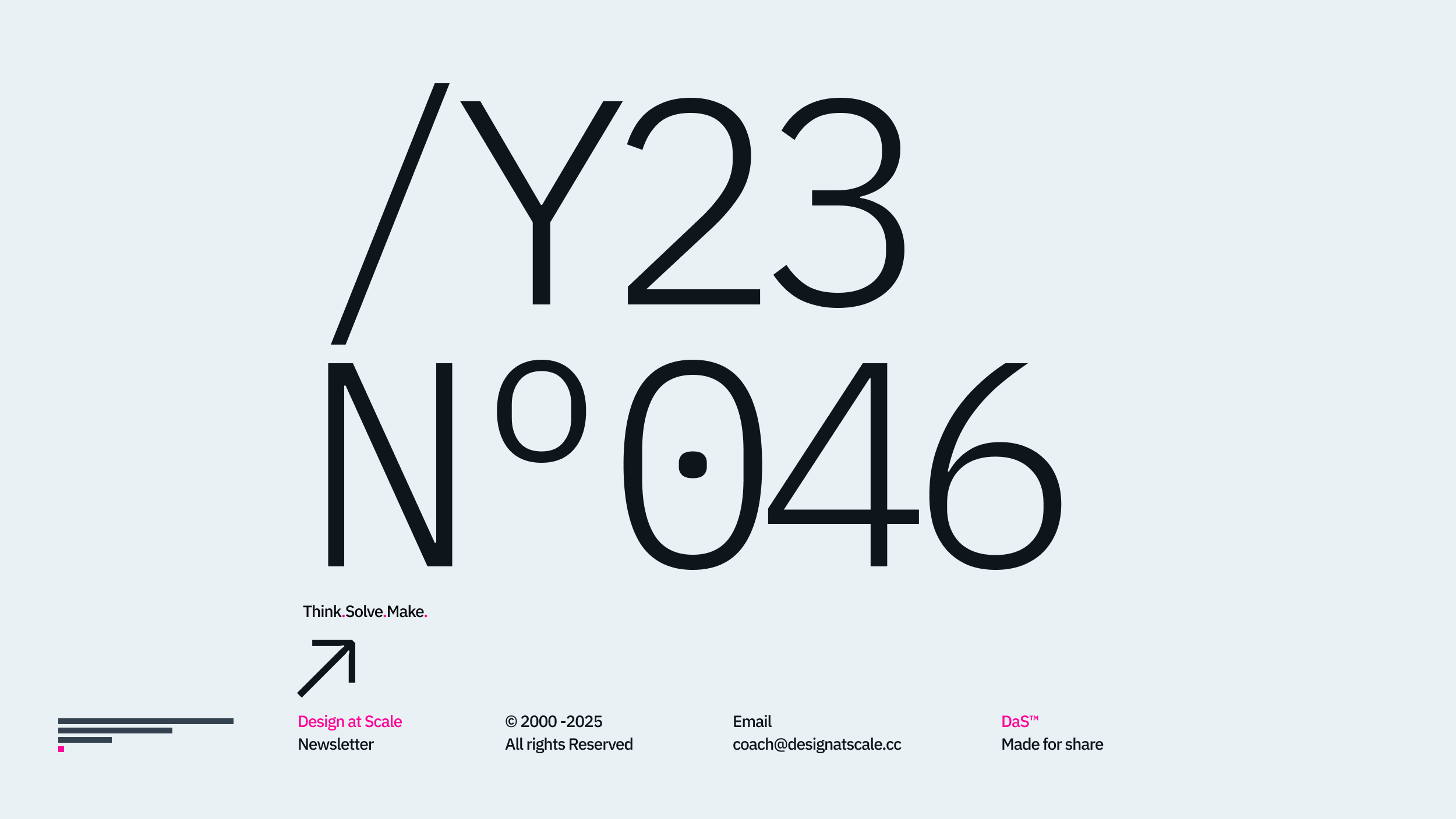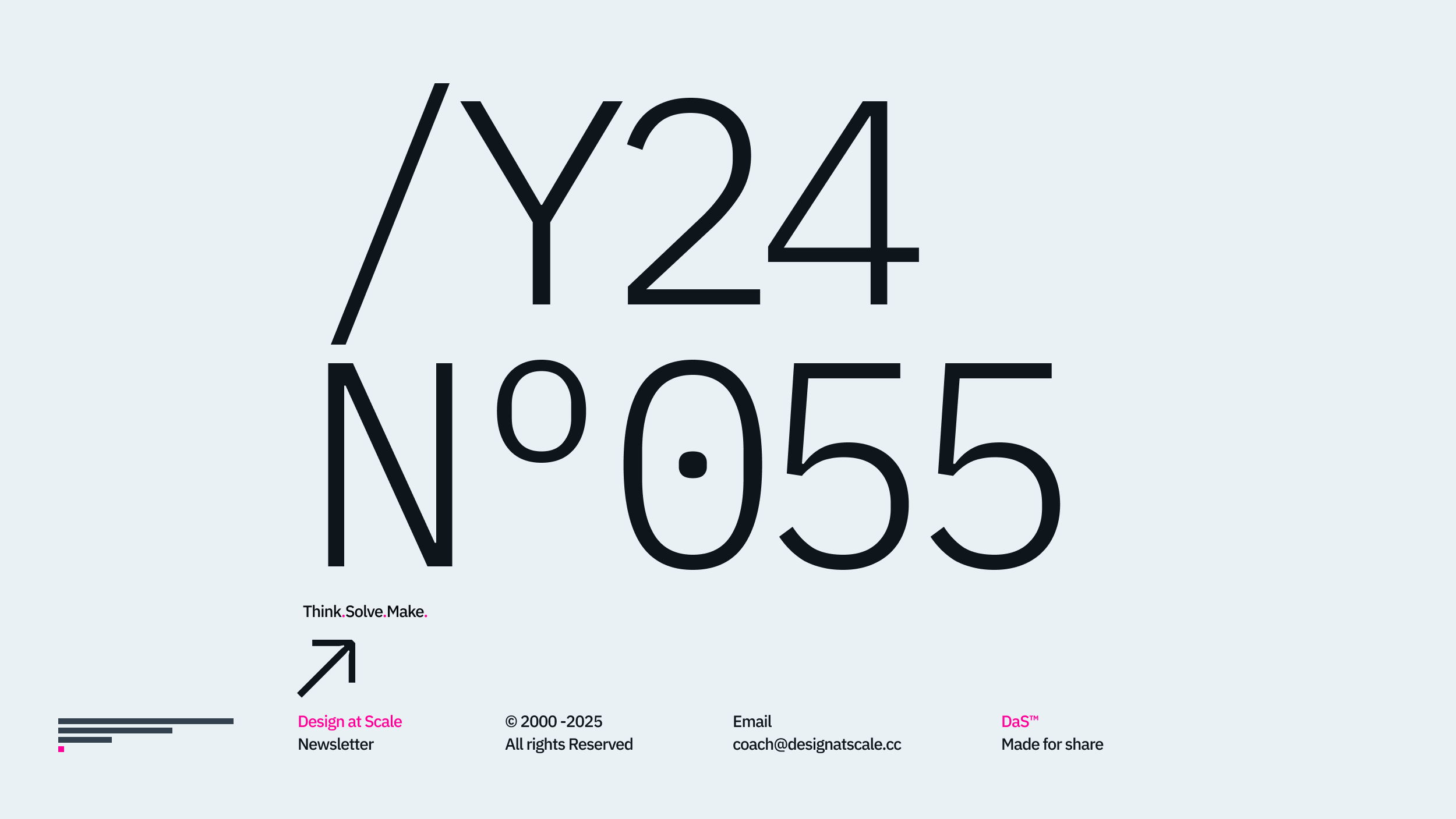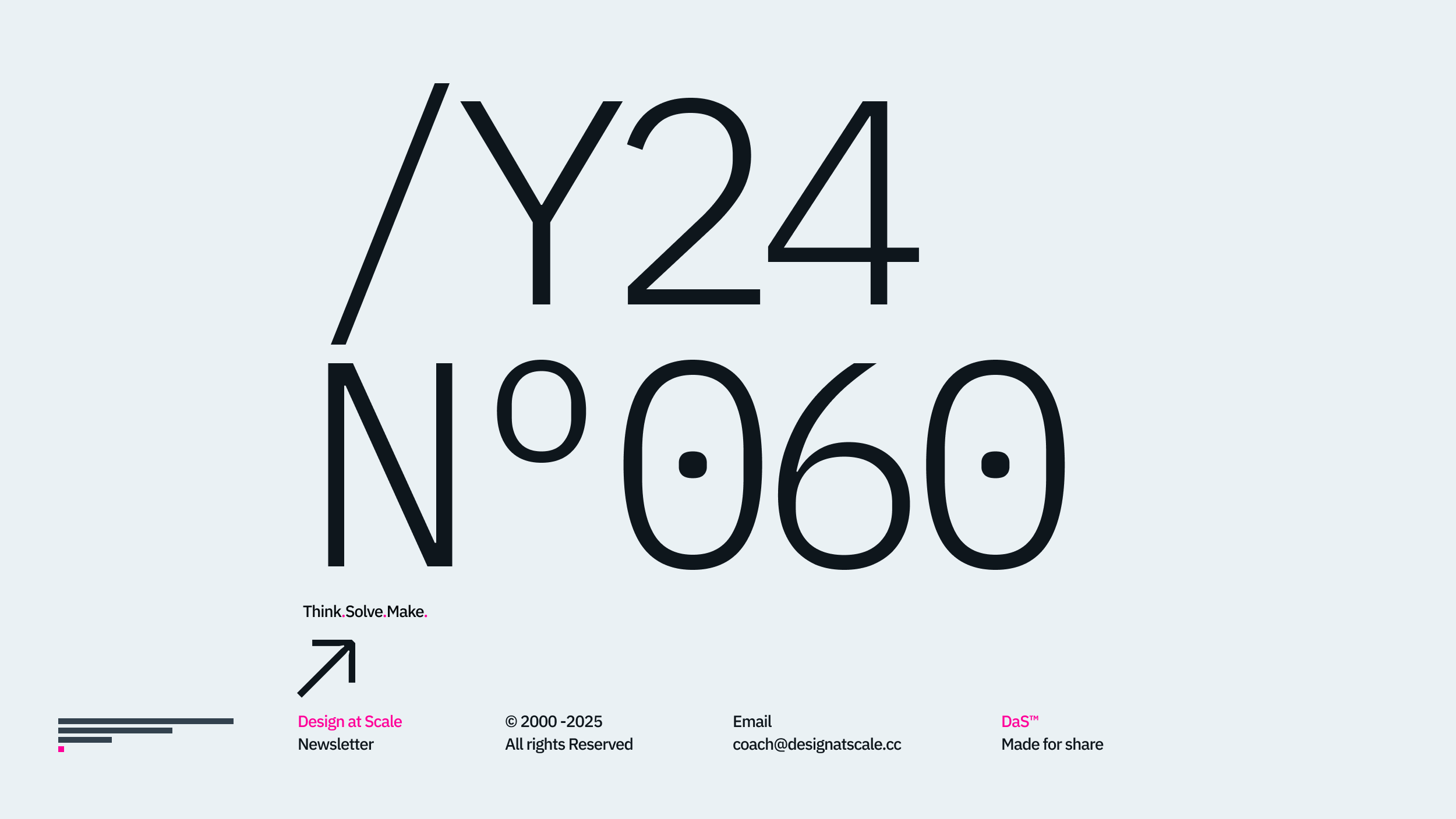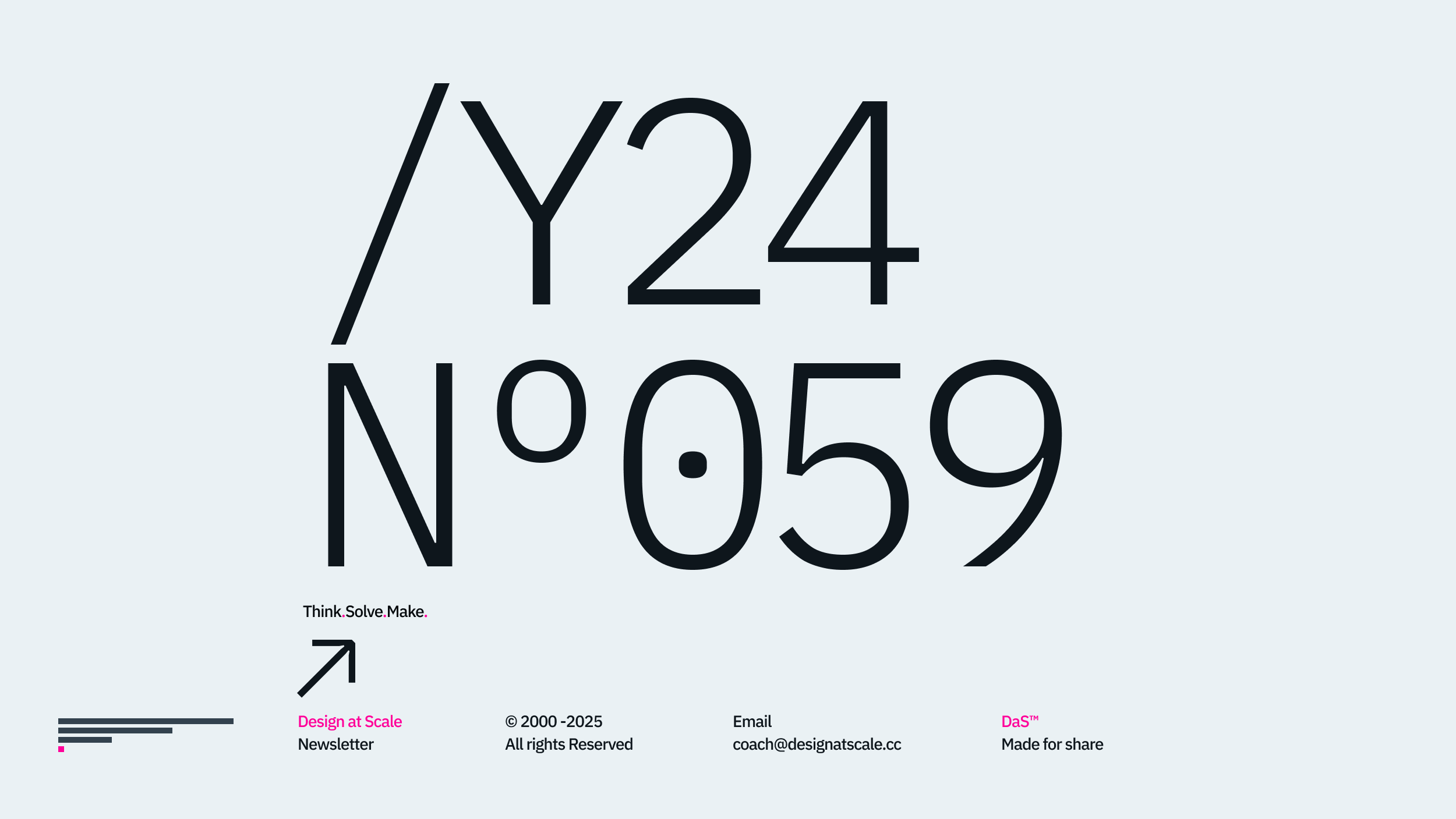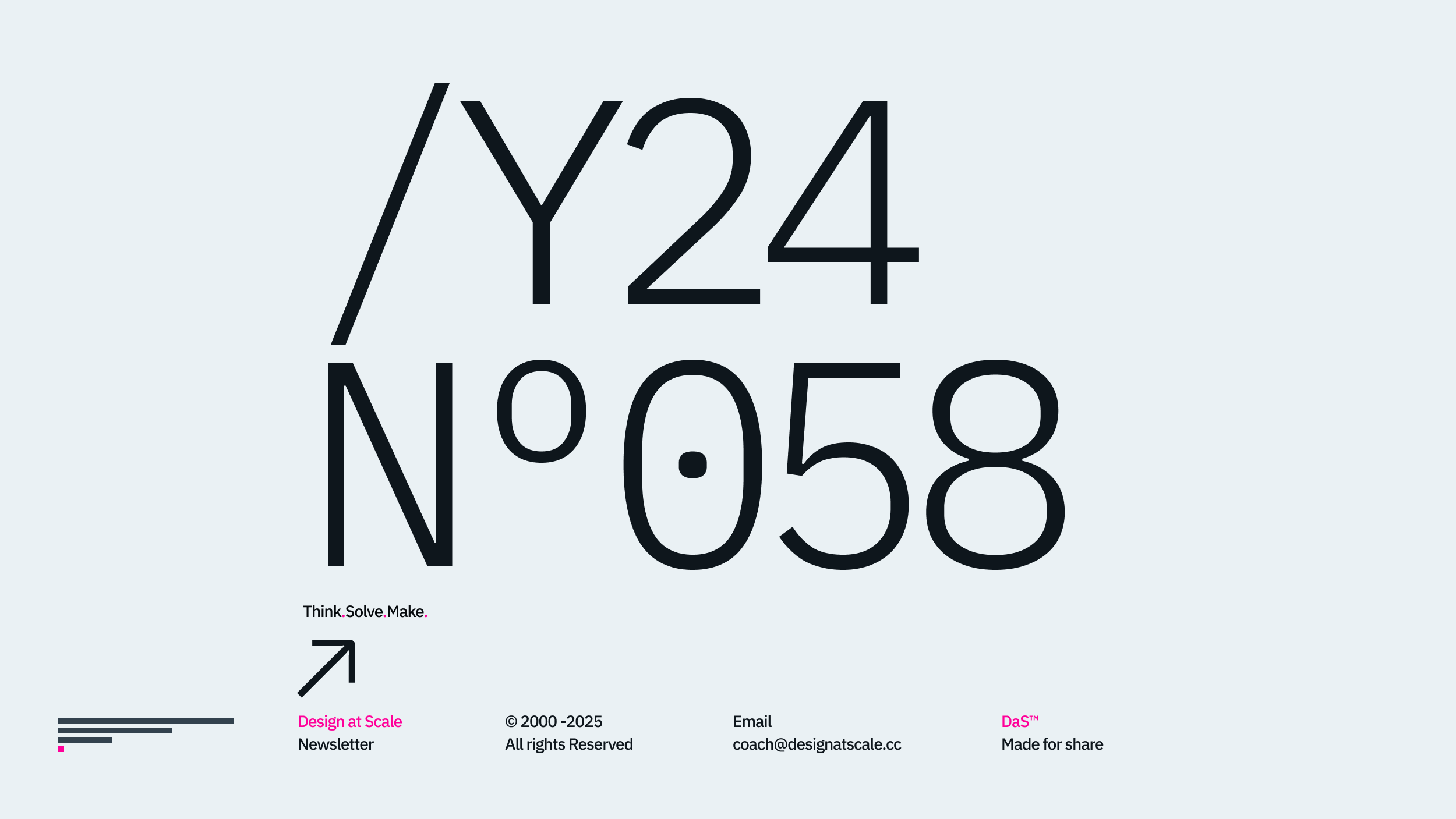Welcome back to our Design at Scale – Academy series, focusing on the design practice in a team of ten. Today, we delve into another key element of a designer's maturity: their impact on product design delivery within such teams – Sense and Response.
In today's rapidly evolving landscape, software updates, new plugins, and automated solutions emerge faster than we can design our own propositions. This reality makes adaptability critical for the success of any product or service team. A designer who can reflect, analyze, and swiftly adjust to the ever-changing business environment becomes the glue that holds the digital experience together. In his book, "Sense and Respond," Jeff Gothelf and Josh Seiden discuss the continuous balancing act between product requirements, design advancements, and readily available components for delivery.

As speed becomes paramount, understanding the impact of all changes on design becomes essential. However, designers often agonise over perfection. Spending precious time outside of work hours organising and refining their files, believing these meticulous efforts translate to increased speed the next day. As we explored in the previous article “Eye on the Release”, we have to adopt a team delivery mindset.
As previously explored in our "Manager by Day, Designer by Night" article, designers sometimes face the struggle of managing team expectations during the day while simultaneously addressing design changes and updates at night, ensuring readiness for the next iteration and managing expectations. Therefore, fostering agility and becoming a highly effective communicator is crucial. This involves not only clearly showcasing the value design brings to the team and business but also actively demonstrating how design can help enhance business effectiveness, impact, flexibility, and robustness within the framework of continuous product or service releases.
Mastering this "sense and respond" navigation requires time and advanced skills that only a select few designers possess, especially early in their careers. However, the sooner you develop the ability to negotiate and articulate this concept to your team and business, the faster you evolve into a respected thought leader, freeing yourself from the "Manage by day, Design by night" cycle.

Practical tips from Design at Scale™ –Academy.
The true value of this system in a startup environment becomes evident when considering the challenges of prioritizing development. Startups often face the dilemma of choosing between building a business product or service first. This decision heavily influences the design, which needs to be adaptable and responsive to the evolving needs of the business. In this context, the demands on design are high, requiring the ability to deliver both impactful visuals and sustainable growth potential.
To navigate this complex landscape, we've meticulously structured our workflows and processes to scale seamlessly alongside our partner’s business proposition. This ensures a bounding integration of the design team with business, communication, marketing, and product development at every stage where reusability is the key. Whenever a business requests slides, we prioritize existing components within the design system. If a suitable component doesn't exist, we create a variant specifically for that request. This variant serves the purpose of an instance for such presentations that evolve over a period of time, whether we design an investor's deck or visuals on web pages.
This approach allows us to organically build a robust and unified design system that sets the visual language for the entire proposition. This empowers our business, marketing, and social media teams to utilize the right assets efficiently, saving valuable designer time on integrations. Furthermore, by leveraging the power of automation, we achieve a streamlined distribution of approved assets across all four pillars of our business. With a single click, any asset becomes readily accessible, eliminating unnecessary delays and ensuring consistency.

Response
Reaching this "response" stage necessitates effective communication of the scale and impact on team timelines and functionality. One common example we use at Design at Scale™ – Academy is to look at the prioritization within preseed startup. Let’s start with an idea – our initial workshop includes the phrase “How do we” to tease out the answers from early CEO to understand integration challenges. What comes first: business, product, team, investment or simply user experience. 10 out of 10 teams focus on the product or service without understanding the fundamental ecosystem of “sense and response”. Two Paths to Design Integration:
Effort and Communication
Designers in startups often face a dilemma: integrate existing work to create a unified design proposition or work harder to achieve personal excellence. While both approaches have merit, we advocate for a different solution that prioritises communication and impact.
Scenario 1: Balancing Individuality with Collaboration
In the first scenario, designers strive to match the quality of their colleagues' work while integrating existing efforts. This can be challenging, demanding significant effort to achieve a unified outcome. However, it fosters collaboration and knowledge sharing, potentially leading to synergy and innovation. Often leading to burnout and disengagement with the initial idea, resulting in leaving the team before succeeding.
Scenario 2: Leveraging Impact and Communication
Our preferred approach focuses on communicating the impact of design both internally and externally. By effectively articulating the value design brings to the business, designers can buy time to fully comprehend research findings and their implications. This allows for informed design decisions that consider the bigger picture and align with the overall product strategy.
Streamlining Experience with Design Systems
Design system is not Design ta Scale™ – a robust design system can streamline the design process. Pre-built components and established design patterns allow for efficient wireframing and prototyping, freeing up time for designers to focus on complex user interactions and innovative solutions. This essentially means building two products at the same time. Your product or service and design system that is the inevitable backbone of your design outputs.
While both scenarios have their place, prioritizing communication and impact empowers designers to integrate effectively and contribute meaningfully to the success of the business. By leveraging Design at Scale effectively, we immediately add value through design. Work smarter, not harder, ultimately achieving a unified design proposition that drives positive business outcomes.

Impact
Remember, becoming a truly impactful designer in a team of ten is not just about creating visually stunning designs; it's about harnessing adaptability, fostering effective communication, and understanding how your role directly contributes to the team's success, ultimately becoming a valued partner in navigating the ever-changing rapids of the digital world.

Happy scaling through design!
Hey, I’m Jiri Mocicka.
London-based Design Director, Trusted Advisor and Author of Design at Scale™. The method that empowers individuals to shape the future organisation through design.
If you have a question, join our Community and reach out to like-minded individuals who scale design propositions. An online Academy can help you to find your feed in teams of 01, 10, and 100, supported by Grid Magazine and Supply section, where we weekly bring more insights on how to become a design leader in your organisation





